The All-Season Investor: Successful Strategies for Every Stage in the Business Cycle
$25.50
| Author(s) | |
|---|---|
| Format |
|
| Pages |
349 |
| Publication Year |
1992 |
In The All-Season Investor, Martin J. Pring offers practical straightforward guidance to modern methods of asset allocation. This book explains why each stage in the business cycle–including recession–has its profitable investment strategy and provides various techniques for tracking the cycle in order to choose appropriate investments. A “must-have” for investors seeking guidance for the unknown changes ahead.
Introduction:
The cornerstone of any investment strategy is to maximize return while maintaining a tolerable risk. The process of allocating assets among several investment categories is a way of achieving this goal. The level of’ ‘tolerable” risk depends on an individual’s psychological makeup, financial position, and stage in life. Younger people can assume greater risks than someone who is retired; a highly paid executive will be less dependent on current portfolio income than will a disabled person on workmen’s compensation, and so forth.
Asset allocation can be handled in two steps. The first decision involves a general review of these financial, psychological, and life stage factors to determine overall investment goals. Is your goal current income, capital appreciation, or an acceptable balance? If you decide on capital appreciation, do you have the personality to ride out major declines in the market, or are you the kind of person who would be better off assuming less risk in order to sleep more peacefully? These are decisions that only you can make after careful consideration. Formulating decisions on these overall investment objectives is known as strategic asset allocation. It is a process that sets out the broad tone of your investment policy, and one that should be reviewed periodically as your status in life changes. Some guidance on these matters is presented in Chapter 12.
This book, however, is principally concerned with the next step, known as tactical asset allocation, in which the proportion of each asset category held in the portfolio is altered in response to changes in the business climate. For instance, a retired person may decide that his or her principal investment objectives are current income and safety. This would not preclude, but would definitely limit, the proportion of the portfolio exposed to the stock market. For this type of investor the range might be 10 to 25 percent. The tactical allocation process would determine whether the equity exposure fell closer to the 10 percent or 25 percent area.
Contents:
- Diversification: The Medicine for Sleepless Nights.
- Securities in the Asset Allocation Mix.
- Mutual Funds.
- The Power of Compounding.
- Manage Risk, and the Profits Take Care of Themselves.
- The Business Cycle and Asset Allocation.
- Tracking the Typical Cycle.
- Asset Allocation as the Cycle Unwinds.
- Tracking the Stages: Market Action.
- Tracking the Stages: Business Cycle Benchmarks.
- Gold and the Business Cycle.
- Allocating Assets for Your Personal Investment Objectives.
The All-Season Investor: Successful Strategies for Every Stage in the Business Cycle By Martin J. Pring pdf
7 reviews for The All-Season Investor: Successful Strategies for Every Stage in the Business Cycle
Clear filtersOnly logged in customers who have purchased this product may leave a review.

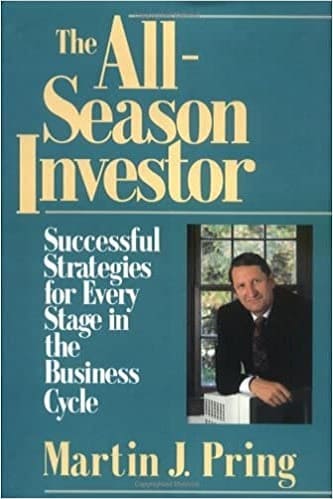

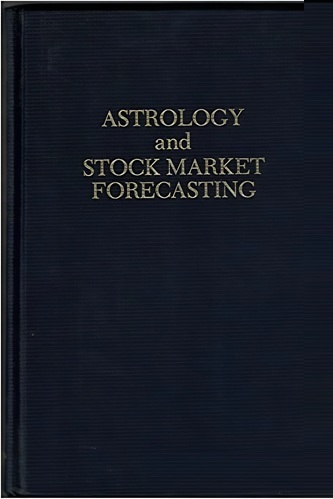

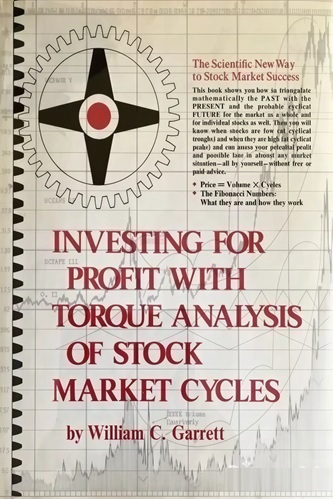
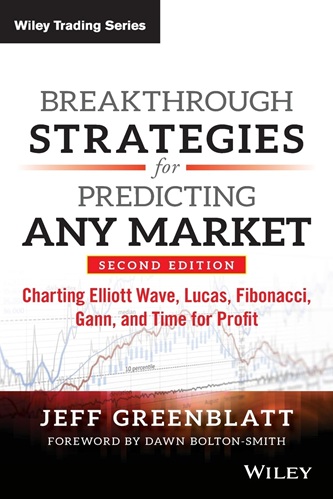
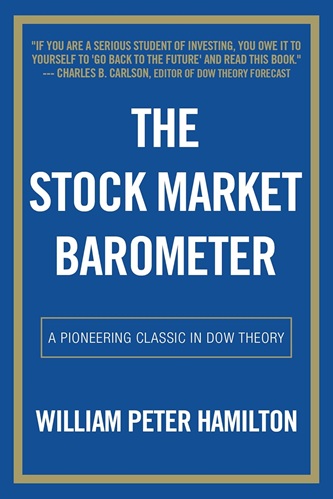


Clyde Kelley (verified owner) –
this is the Bible for everyone who want to learn about financial markets.
the first chapters are all about the description of the financial instruments (such as bonds, shares, Etfs and so on), they might be boring but necessary. the others, instead, teach us how to take advantage of the economic cycle and describe the best instruments for each of its step.
A very good book! I suggest it to everyone!
Tristen Harris (verified owner) –
To move from basics to advanced and useful concepts
Hayley Villegas (verified owner) –
Explains well the phenomena of sectoral rotation (and between different asset classes) according to the business cycle.
Do not make too many illusions about the practical implementation of the system…
For a neophyte, prefer “The psychology of financial markets” by Lars Tvede.
Sylvie Montoya (verified owner) –
To start with this book is 14 years old and is out dated. The author is more interested in general theory than in providing specific stock sectors to rotate into for each stage of the economic cycle.
Thomas Whitehead (verified owner) –
A great book I have not seen remotely approached by other financial writers. The book discusses the business cycle with the attendant leading and lagging indicators of bonds, stocks, interest rates and commodities and where they are in the various stages of the business cycle. Very well presented and written. Other books in finance discuss detailed information but not a good overview or broad study of the subject. Mr. Pring does an excellent job in breadth and depth with his book. As you can see, I use the book for a reference to see which stage of the cycle our economy is approaching and consequently what to expect. This is a good read and a keeper.
Ford Huffman (verified owner) –
I just got the book for the information about business cycles. It discusses business cycles very well, very good detail. Plenty of graphs to look at, and good theoretical models. The book seemed like it was half business cycles, half asset allocation. I am not interested in asset allocation at all but if you wanted to read about that then this is loaded with all that textbook/academic/trust your broker kind of stuff. Like i said, i dont care for that but the book had what i wanted.
Penelope Hall (verified owner) –
I think this book is one of the best in Stock Market learning, it’s basic but very useful!